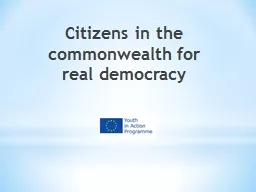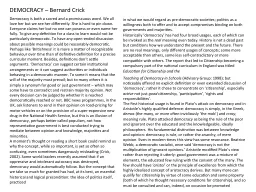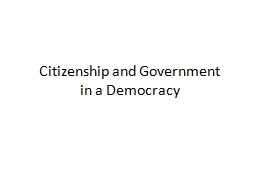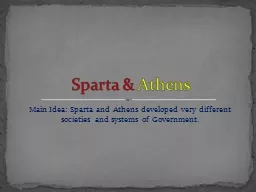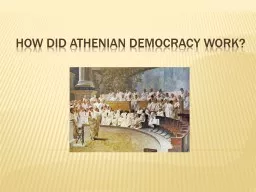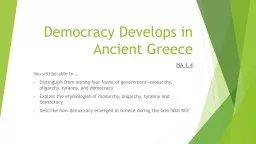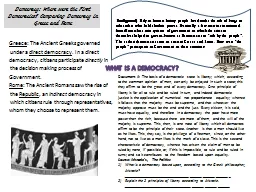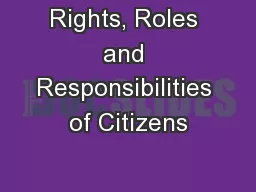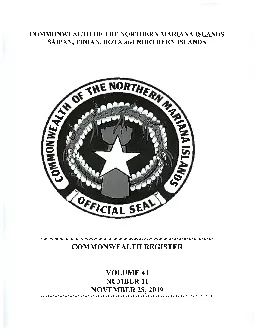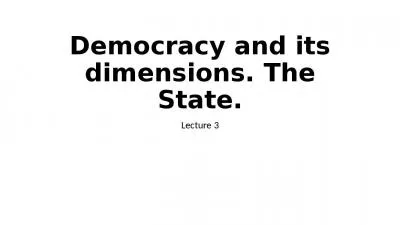PPT-Citizens in the commonwealth for real democracy
Author : frostedikea | Published Date : 2020-06-25
România Romania is a country of Southeast Europe Its surface area amounts to 23750 sq km Population numbers 22410 thousand The climate is temperate and continental
Presentation Embed Code
Download Presentation
Download Presentation The PPT/PDF document "Citizens in the commonwealth for real de..." is the property of its rightful owner. Permission is granted to download and print the materials on this website for personal, non-commercial use only, and to display it on your personal computer provided you do not modify the materials and that you retain all copyright notices contained in the materials. By downloading content from our website, you accept the terms of this agreement.
Citizens in the commonwealth for real democracy: Transcript
Download Rules Of Document
"Citizens in the commonwealth for real democracy"The content belongs to its owner. You may download and print it for personal use, without modification, and keep all copyright notices. By downloading, you agree to these terms.
Related Documents

